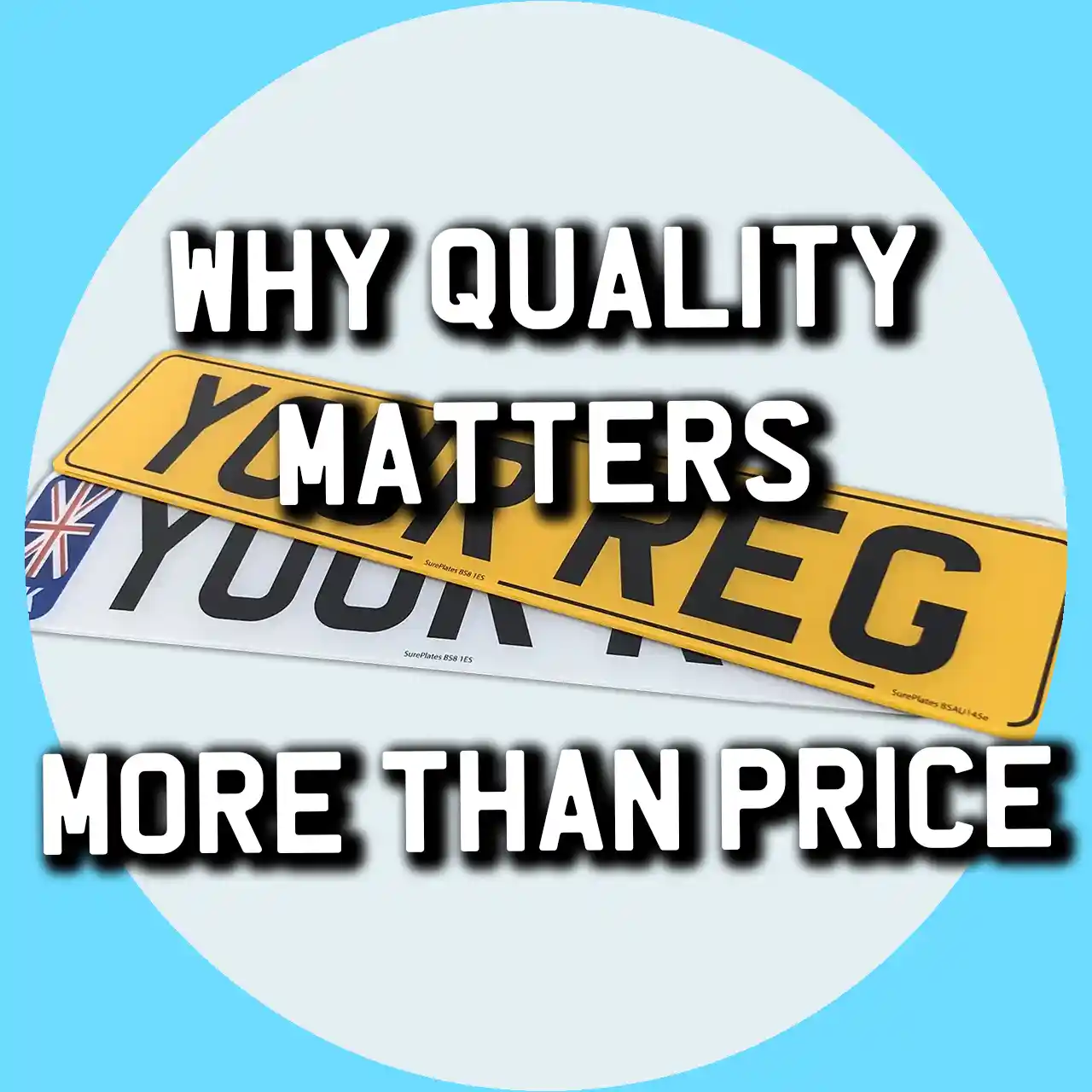4D gel plates
4D gel plates
Blog Article
Why Material Matters: Comparing Acrylic, Polycarbonate, and Other Plate Materials
Choosing the right material for your automobile’s variety plate would possibly appear to be a small selection, however it may make a considerable difference in phrases of durability, aesthetics, and felony compliance. Modern variety plate substances such as acrylic and polycarbonate offer distinct blessings, with some catering to the specific needs of 4D gel plates, electric powered automobile number plates, and extra. Each fabric has its strengths and weaknesses, so deciding on the right one is critical to make sure that your variety plate not best seems amazing but also stands as much as the wear and tear and tear of the street.

Acrylic Number Plates: The Classic Choice
Acrylic is one of the most popular materials utilized in quantity plates because of its affordability and flexibility. It is regularly used in the manufacturing of both preferred and 3D wide variety plates in the UK. Acrylic plates are known for their light-weight nature, which makes them smooth to put in on cars. They also are shatter-resistant, which adds to their sturdiness whilst preserving a professional look.
Acrylic plates are distinctly customizable, taking into consideration the addition of elements like 3D and 4D characters to create gel plates or particular letter patterns. This customization makes acrylic an excellent desire for folks that need show variety plates or something more customized. However, acrylic may be at risk of scratches, mainly when subjected to frequent washing or rough handling. Additionally, its clarity may also degrade over time due to UV publicity, especially in areas with extreme daylight.
Advantages of Acrylic Plates:
- Lightweight and clean to install
- Customizable, taking into account 3D or 4D effects
- Shatter-resistant
Drawbacks of Acrylic Plates:
- Susceptible to scratches and UV damage
- Might lose clarity over the years
Polycarbonate Number Plates: The Durable Solution
Polycarbonate is taken into consideration a top class choice in quantity plate materials. Known for its longevity and durability, polycarbonate is surely shatterproof, this means that it’s a wonderful option for lengthy-time period use and for those in search of a rather resilient material. Unlike acrylic, polycarbonate is UV-resistant, which means it doesn’t yellow or degrade as quickly, preserving its readability for an extended period.
Polycarbonate is ideal for use in environments wherein climate or road conditions are difficult, as it can resist affects, exposure to daylight, and even temperature changes higher than acrylic. This durability makes polycarbonate popular in regions that revel in harsh climates, in addition to for electric powered automobile range plates, which might also require an extra layer of durability and clarity for visibility. However, polycarbonate plates come at a better cost, making them a greater top class desire for drivers who prioritize pleasant.
Advantages of Polycarbonate Plates:
- Highly durable and shatterproof
- UV-resistant, retaining readability over time
- Ideal for difficult climate and road conditions
Drawbacks of Polycarbonate Plates:
- Higher charge compared to acrylic
- More rigid, which could make installation hard
Aluminum Number Plates: A Vintage Choice with Modern Appeal
Aluminum is one of the authentic substances used for quantity plates and stays a famous preference for antique range plates. Aluminum plates are nicely-perfect to conventional automobile enthusiasts or the ones searching out an aesthetic that displays the bygone generation. Aluminum is relatively immune to rust, which gives it an extended lifespan, specifically in areas with numerous rain or snow.
However, aluminum plates aren't as customizable as acrylic or polycarbonate, as they don’t assist 3D or 4D consequences. They are also heavier, which might be a consideration for excessive-overall performance motors. Nonetheless, aluminum’s precise appearance and durability make it a appropriate alternative for drivers seeking a nostalgic or retro look for their automobile.
Advantages of Aluminum Plates:
- Long-lasting and rust-resistant
- Ideal for antique variety plates and classic motors
- Gives a unique, traditional aesthetic
Drawbacks of Aluminum Plates:
- Limited customization alternatives (now not ideal for 3D or 4D designs)
- Heavier than acrylic and polycarbonate
- Other Number Plate Materials: Emerging Options
Beyond acrylic, polycarbonate, and aluminum, different materials are starting to emerge within the marketplace. Some range plate manufacturers are experimenting with composite materials that combine the best houses of acrylic and polycarbonate, imparting both flexibility and resilience. These composite alternatives are nevertheless inside the early levels, but they hold promise for those looking for sustainable or excessive-overall performance options.
In addition, for electric powered automobile range plates, manufacturers are exploring light-weight, green alternatives that align with the environmental desires of electric vehicle proprietors. These alternatives ought to provide better durability and aesthetic enchantment while decreasing environmental effect.
Also Read: From Design to Road: The Complete Lifecycle of a Number Plate
Choosing the Right Material for Your Needs
When deciding on a material on your wide variety plate, it’s important to take into account factors inclusive of durability, customization, and price range. Acrylic plates provide affordability and flexibility, making them a popular desire for three-D and 4D gel plates. Polycarbonate, at the same time as pricier, gives unequalled sturdiness and UV safety, making it a premium choice for individuals who prioritize fine. Aluminum is best for vintage wide variety plates, catering to those searching out a classic look and long-lasting rust resistance.
Each material has its precise blessings, and the proper desire largely relies upon on your man or woman desires and alternatives. For example, if you’re customizing a 4D range plate, acrylic or polycarbonate may be greater suitable, while vintage fans might also choose the undying appeal of aluminum.
The selection of your number plate cloth can impact not most effective the aesthetics but also the toughness of your plate. Investing in a exquisite fabric ensures that your variety plate stays in pinnacle condition for years to come.
For greater statistics on compliance standards for range plates, check with the Federal Motor Carrier Safety Administration (FMCSA) - USA authorities’ recommendations on vehicle quantity plate specs. Report this page